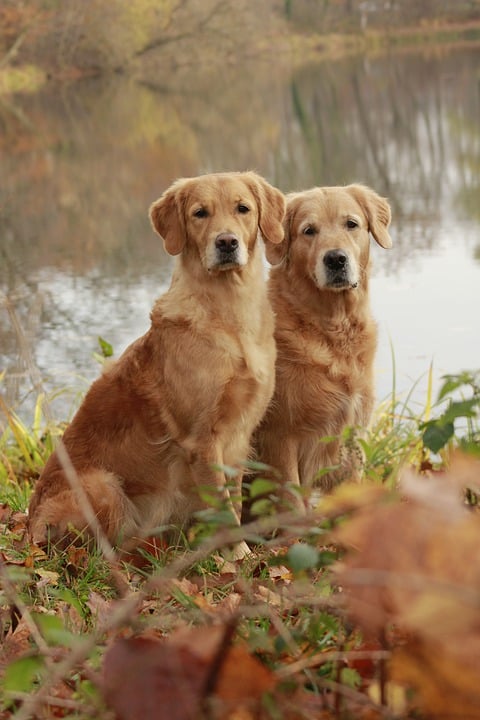Teaching tricks and fun behaviors to dogs is a fantastic way to unleash their potential and strengthen the bond between you and your furry friend. Beyond basic obedience training, teaching tricks stimulates your dog’s mind and provides an engaging learning experience. In this article, we will explore effective techniques to train your dog in various tricks and behaviors, and address some frequently asked questions to assist you on this exciting journey.
Firstly, understanding the power of positive reinforcement training is crucial. Positive reinforcement involves rewarding your dog for desired behaviors, rather than punishing them for mistakes. This method creates a positive association with training and helps your dog understand what is expected of them. You can use treats, praise, and play as rewards to motivate your dog during training sessions.
Timing and consistency are also key factors in reinforcing desired behaviors. Dogs have a short attention span, so it’s important to reward them immediately after they perform the desired action. Additionally, consistency in your training approach will help your dog understand what is expected of them and reinforce their learning.
Now, let’s explore some popular tricks and behaviors you can teach your dog. Starting with basic commands such as “sit,” “stay,” and “lie down” establishes a solid foundation for more advanced tricks. These commands are essential for your dog’s safety and can be built upon to teach more complex tricks.
Next, teaching your dog to shake hands is a classic and adorable trick that never fails to impress friends and family. This trick involves your dog offering their paw for a shake when prompted. It showcases your dog’s manners and adds a touch of charm to their repertoire.
Rolling over is another endearing trick that can be taught to your dog. By gradually guiding them to roll onto their back and rewarding them for the behavior, you can eventually train your dog to perform this crowd-pleasing trick.
Adding a playful twist to basic paw-shaking, teaching your dog to give a high-five is a fun trick. With consistent training and positive reinforcement, your dog can learn to lift their paw and touch your hand on command, creating a playful and engaging behavior.
For more dynamic tricks, teaching your dog to spin is a great option. This trick showcases your dog’s agility and can be taught by using treats as a lure and guiding them in a circular motion. With practice and patience, your dog will master this impressive trick.
Lastly, teaching your dog to play dead is a humorous trick that never fails to entertain. By gradually shaping the behavior and rewarding your dog for lying down and staying still, you can train them to play dead on command, eliciting laughter and amazement from others.
To effectively teach tricks to your dog, it is essential to break them down into smaller tasks. Incremental training allows your dog to understand and master each step before progressing to the next. Clear communication through verbal cues and hand signals also helps your dog understand what is expected of them.
Regular training sessions and practice are vital for reinforcing learning. Consistency and repetition will help your dog retain the tricks and behaviors they have learned. It’s important to be patient and persistent, as training can sometimes be challenging and setbacks may occur.
Now, let’s address some frequently asked questions about teaching tricks to dogs:
Q1. How long does it take to teach a dog a new trick?
The time it takes to teach a dog a new trick varies depending on the dog’s breed, age, and individual learning ability. Some dogs may pick up tricks quickly, while others may require more time and practice.
Q2. Can older dogs learn new tricks?
Absolutely! Dogs of any age can learn new tricks. While older dogs may take longer to learn due to potential physical limitations or previous training habits, patience and consistency can help them overcome these obstacles.
Q3. How can I make training sessions more enjoyable for my dog?
Incorporate play and positive reinforcement into your training sessions to make them fun for your dog. Use their favorite toys, treats, and praise to motivate and reward them. Short, frequent sessions are more effective than long, exhausting ones.
Q4. Are there any tricks that are unsuitable for certain dog breeds?
Certain tricks may be more challenging for certain dog breeds due to their physical characteristics or natural instincts. It’s important to consider your dog’s breed and individual traits when choosing tricks to teach them.
Q5. What if my dog is not food motivated?
Not all dogs are motivated by food. In such cases, you can experiment with other rewards such as praise, play, or their favorite toy. Find what motivates your dog the most and use that as a reward during training.
In conclusion, teaching tricks and fun behaviors to your dog is a rewarding experience that deepens your bond and stimulates their mind. Utilize positive reinforcement, break down tricks into manageable steps, and maintain consistency in your training approach. With time, patience, and a bit of creativity, you’ll witness your furry friend mastering impressive tricks while having a blast in the process. Happy training!









